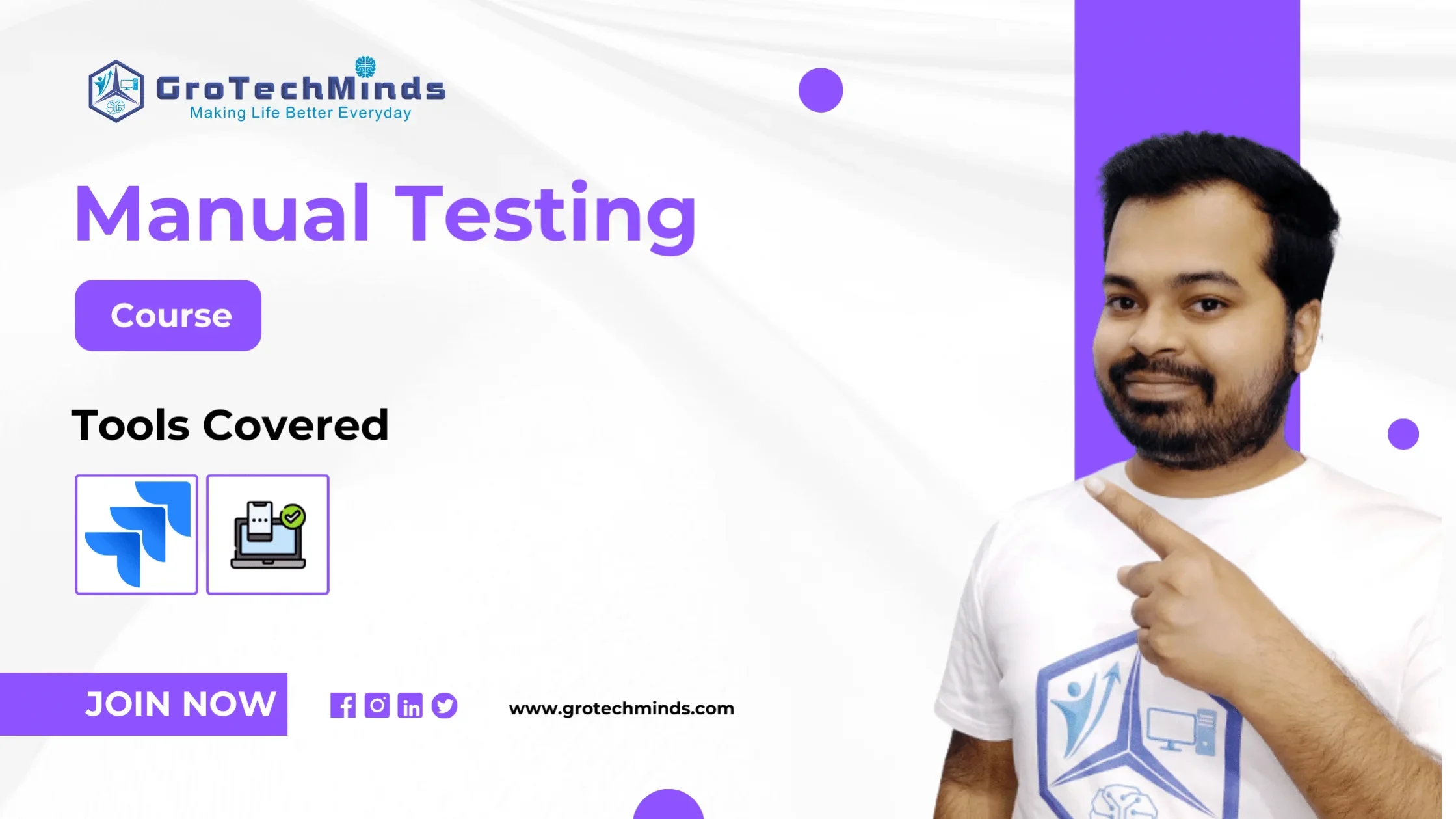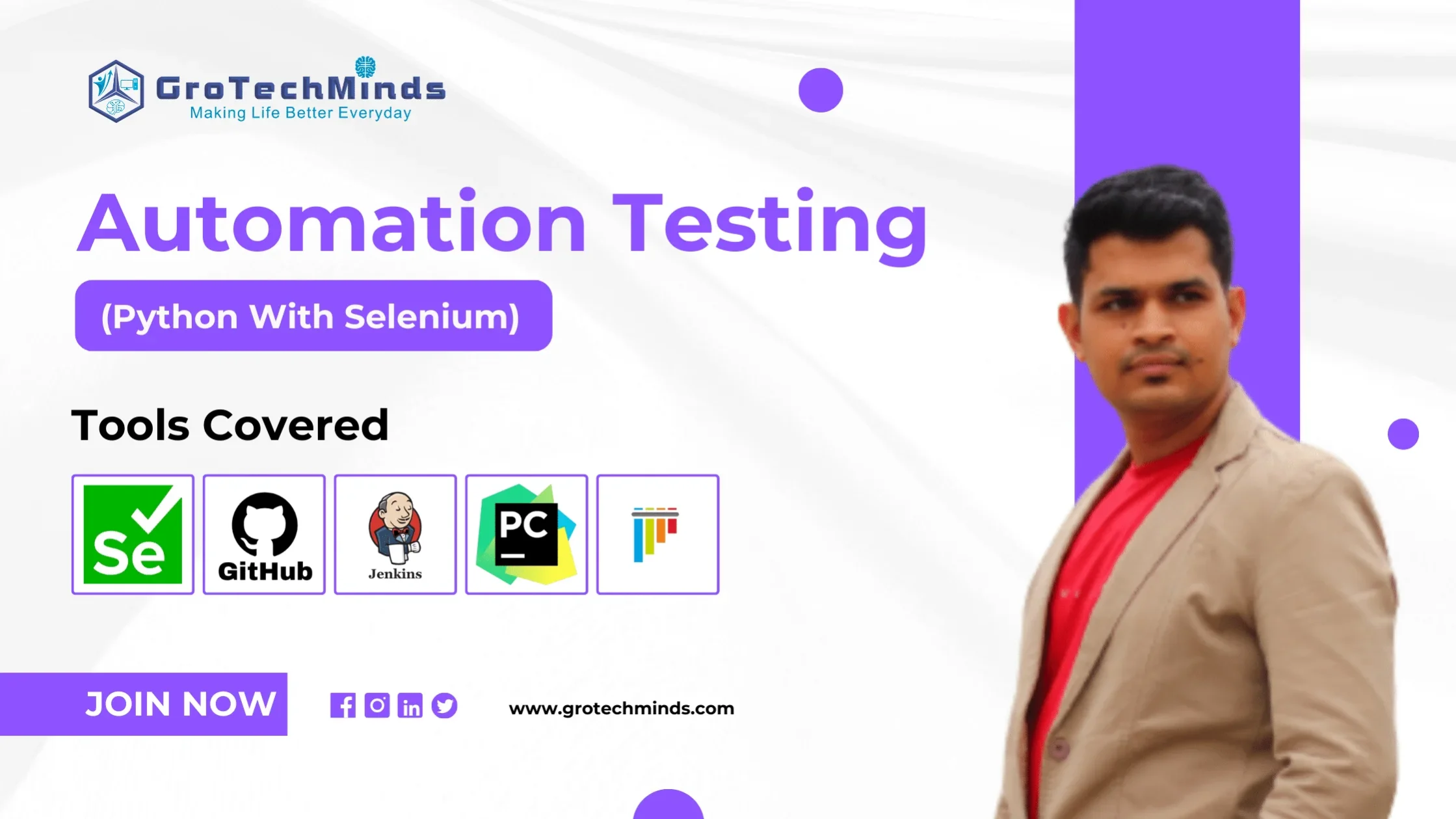

The International Software Testing Qualifications Board (ISTQB) certification is a worldwide recognized credential that validates a person’s expertise in software testing. The ISTQB course covers a wide range of topics required for software testers to succeed in their employment. Understanding the format of the ISTQB certification exam gives you better preparation for getting the software testing certification. The following is the ISTQB exam format provided in change language with the same meaning.
- What is Testing ?
- Why Is Testing is Necessary
- Testing Principles
- Test Activities Testware and Test Roles
- Essential Skills and Good Practice in Testing
- Understanding the goals and principles of testing
- Understanding the testing process and its many stages
- Understanding the psychology of testing and how it affects test results
- Understanding the financial benefits of testing and how it impacts project success
Texting in the Context of an SDLC
Test Levels and Test Types
Maintenance Testing
- Understanding how testing activities are integrated into each stage of the SDLC.
- Understanding the function of testing in requirements analysis, design, implementation, and maintenance.
- Identifying the types of testing conducted at various phases of the SDLC
Static Testing Basics
Feedback and Review Process
- Analysing static testing methods like reviews, inspections, and walkthroughs.
- Understanding how static approaches help in detecting issues early on in the development process.
- How to conduct effective reviews and inspections of software assets
Test Techniques Overview
Black Box Test Techniques
White Box Test Techniques
Experienced Based Test Techniques
Collaboration Based Test Techniques
- Mastering many test design techniques, such as equal partitioning, boundary value analysis, decision table testing, and state transition testing.
- Understanding how to methodically create test cases based on input conditions, business rules, and expected results
- Learning how to create thorough test coverage utilising various test design strategies.
Test Planning
Risk Management
Test Monitoring, Test Control, and Test Completion
Configuration Management
Defect Management
- Understanding important areas of test management, including test design, projections, monitoring, and control.
- Understanding the value of configuration management and version control in testing
- Looking into defect management procedures such as logging, tracking, and resolution
Tools Support for Testing
Benefits and Risks of Test Management
- Getting familiar with several types of testing tools, such as test management tools, test automation tools, and defect tracking systems.
- Understanding how testing tools increase testing efficiency, automate routine tasks, and provide useful insights into software quality.
- Studying the function of tools in different testing tasks, such as test execution, reporting, and analysis
| Exam Structure: | |
|
No of Questions : 40 |
Total Points: 40 |
| Passing Score : 26 | Exam Length : 60 |
In conclusion, the ISTQB Foundation Level Syllabus serves as an A explained resource for anyone interested in pursuing a career in software testing.By covering key concepts, techniques, and best practices in software testing, the syllabus equips candidates with the necessary knowledge and skills to excel in the field. If you are an aspirants to become an ISTQB Certified Tester Check out Our ISTQB foundation level certification Course which can help in Upskill your Knowledge in the Software Testing field and with the top Industry Experts training you can become proficient in the Software Industry.
Consult Us


















